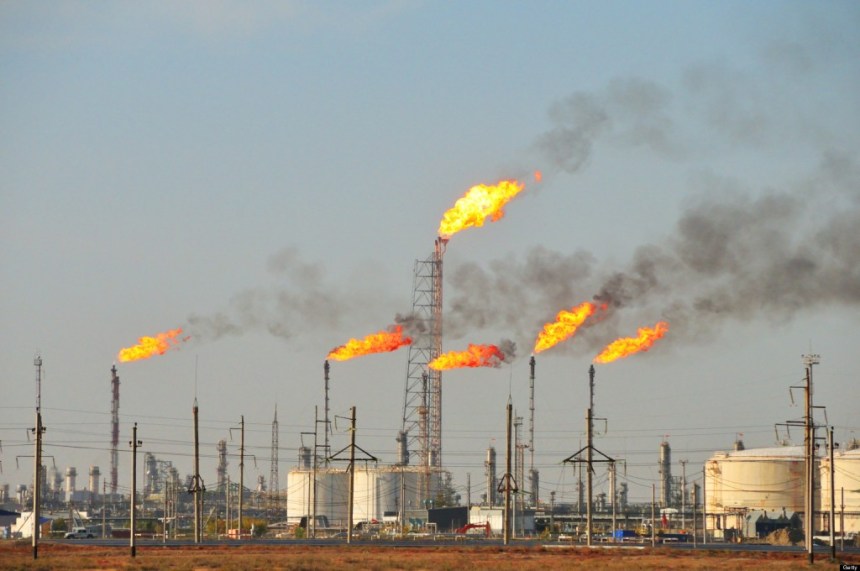The World Bank has urged policymakers in Nigeria to focus on investments that reinforce clusters and economies of scale and optimise the connectivity between rural areas and the major urban markets in order to reduce unemployment and poverty rates in Africa largest economy.
“Nigeria has a big home market, which is constrained by limited connective infrastructure, thereby reducing producers and firms’ ability to reach wider markets,” the bank noted.
The multilateral financial institution gave the recommendation in a report entitled “Nigeria Bi-annual Economic Update: Fragile Recovery,”, saying that policymakers at the federal and the state levels need to identify interventions that are best suited to realise development potential of sub-national regions and integrate domestic markets.
“Policymakers may want to focus on investments that reinforce clusters and economies of scale and optimise the connectivity between rural areas and the major urban markets.
“Policy makers must also address structural and land management issues in major urban nodes and along major growth corridors to remove or alleviate barriers that undermine the growth potential,” it said.
The World Bank said unemployment and poverty rates increased in Nigeria despite an exit from recession in 2017, adding that declines in the non-oil and non-agriculture sectors, continued as aggregate demand remained weak and private sector credit low.
“The rates of unemployment and underemployment increased in 2017 and poverty is estimated to have increased slightly. Gross domestic product (GDP) growth in 2018 is expected to hover just over 2 percent, largely oil sector-driven.”








